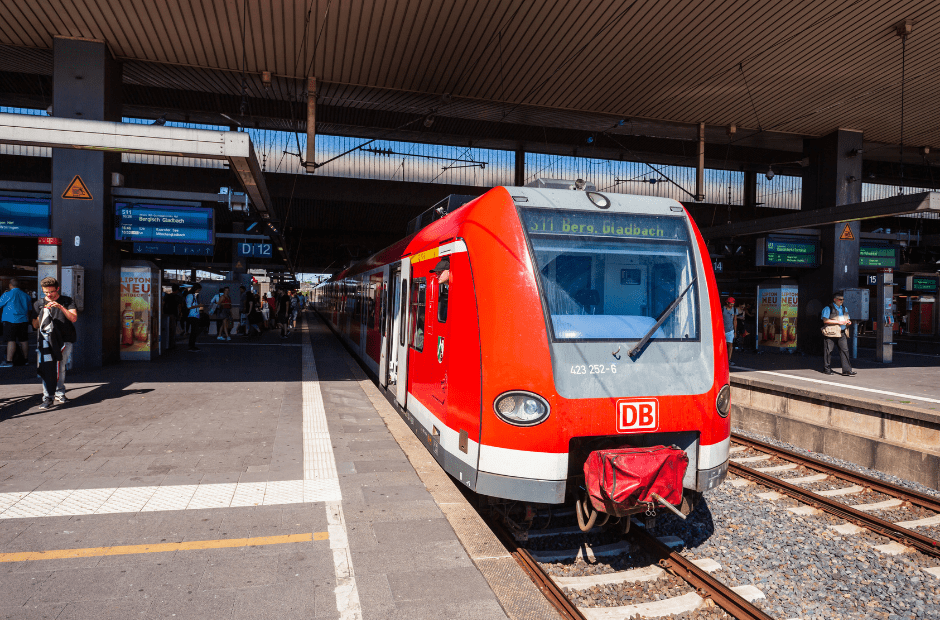As Europe is harmonising its electrical voltages on railways in different countries to allow trains from different networks to ride on them, Belgium's SNCB will have to buy new locomotives to continue to access Germany's railways.
The idea is that the rolling stock of one country can easily circulate on the networks of neighbouring countries. The best-known example of this is the idea to equip trains across Europe with a common brake system. Currently, 41% of train tracks in Belgium are equipped with the system, which should be in use by 2025.
However, despite the desire for European standardisation, the differences in 'national' electrical voltages for running trains remain an obstacle to interoperability: Belgian trains run on 3,000 Volt (V) lines between Welkenraedt and Aachen, while those in Germany run on 15,000 V.
To simplify matters, the HSL 3 high-speed rail line – which enables Thalys and ICE (InterCity Express) trains to connect Aachen to Brussels or Paris and which runs parallel to part of this route, operates at 25,000 V.
Switching after the border
Until now, the local Welkenraedt-Aachen trains (about 20 kilometres) have been using the 'Belgian' 3,000 V, before the voltage change happens at the Aachen Hauptbahnhof.
However, the German rail network operator DB-Netz wants to change this "due to the age of the installations and the technical, operational and financial difficulties of maintaining the voltage change at this location." Discussions have been going on since 2019, although the initial German request was to change the system by 2024.
"The option that appears to be the optimal solution would be to extend the 25 kV supply to the HSL 3 high-speed rail line. This will require a voltage separation zone at Welkenraedt between the 3 kV and 25 kV on line 37 and another zone on German territory between the 'Belgian' 25 kV and the 'German' 15 kV."
In practice, this means that trains coming from Liège on line 37 would, shortly after Welkenraedt, pass under the same electrical voltage as the high-speed line, as they share a common part. Shortly after the border, this high-speed line would switch to 15,000 V, before the Buschtunnel between Aachen and Liège.
Discussions, however, are still ongoing and it is not yet possible to know what these changes will cost Infrabel. The issue is not only important for network managers, but also for rail operators such as Infrabel in Belgium, who run the trains.
"We are cooperating fully with SNCB on the planning and the consequences for the rolling stock. All the options considered for the voltage switchover have been presented to the operators," Infrabel told Le Soir.
Rail Tech points out that SNCB is preparing for this by ordering 50 locomotives capable of withstanding these three voltages, not just for the 20 kilometres between Welkenraedt and Aachen.
In the meantime, SNCB confirmed to Le Soir that it has ordered equipment for this purpose, aiming to use it for cross-border links but also for internal traffic. No further details were given as negotiations are ongoing.

